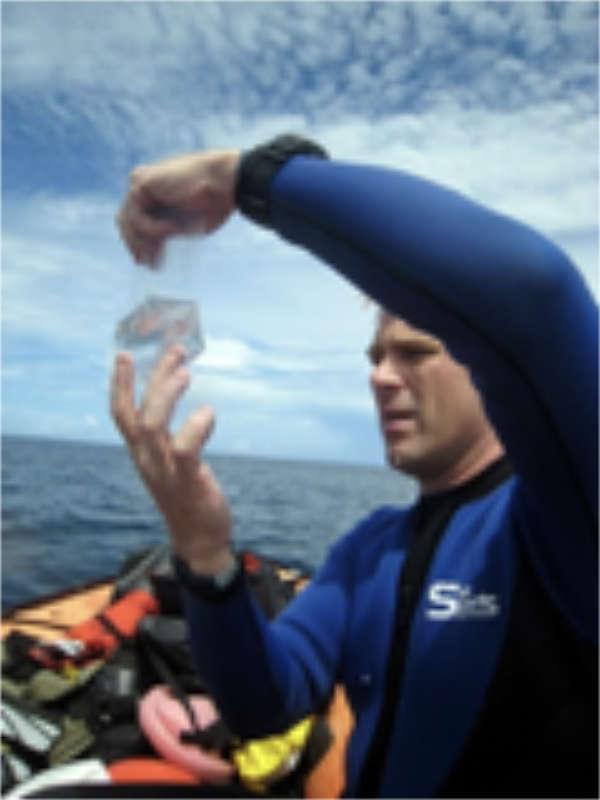2023 FACULTY MENTORS
Dr. Alison Sherwood

Department:
School of Life Sciences
Email:
Lab Website:
https://sherwoodalgalbiodiversitylab.weebly.com/
Research Focus:
The study of Hawaiian algae has a long and fascinating history. The projects in our laboratory span the freshwater, marine, terrestrial, and airborne algal floras of the islands, and include a broad diversity of algal lineages. The Hawaiian archipelago provides a unique location for the study of biodiversity, adaptive radiation and island biogeography. We focus on characterizing Hawaiian algae at the species and community level.
Potential summer research projects:
- Describing new species of deep water seaweeds from the Main and Northwestern Hawaiian Islands (primary project for the next few years)
- Further studies on the species diversity or ecology of Hawaiian airborne algae
Dr. Rob Toonen

Department:
Hawai‘i Institute of Marine Biology
Email:
Lab Website:
Research Focus:
Our lab studies a wide range of topics related to the management and conservation of coral reefs and nearby watershed habitats. Research in our lab tends to focus on the wide diversity of marine invertebrates that inhabit coral reefs but are willing to acknowledge the occasional lesson from vertebrates as well. Much of our work has studied the processes that influence dispersal and recruitment as well as the evolutionary consequences of larval developmental modes among Hawaiian coral reef species to better manage our coastal resources.
Potential summer research projects:
- Coral reef restoration - we have several projects currently underway to develop and test best practices for the growth and restoration of reef corals both in the lab and the field.
- DNA of coral reef biodiversity - multiple projects use genetic methods to understand what species are present, what is the appropriate scale for resource management, and where the next generation will come from after harvest to develop sustainable practices.
- Hawaiian ahupuaʻa restoration - through partnerships with site partners throughout the Heʻeia National Estuarine Research Reserve, we are studying the impacts of alien species removal and native restoration on coastal marine ecosystems.
Ken Hayes
Department:
Bishop Museum
Email:
Lab Website:
http://hbs.bishopmuseum.org/staff/hayes.html
Research Focus:
Evolution, systematics, and conservation of invertebrates, particularly molluscs and understudied groups such as tardigrades, polychaetes, flatworms, and nematodes. We use a combination of Molecular and phylogenomic approaches for biodiversity discovery and analyses. Our work fundamentally depends on the use of natural history collections for informing research into conservation, disease ecology and climate change.